 Abraham Lincoln
If given the truth, the people can be depended upon to meet any national crisis...
Abraham Lincoln
If given the truth, the people can be depended upon to meet any national crisis...
 Guildford news...
for Guildford people, brought to you by Guildford reporters - Guildford's own news service
Guildford news...
for Guildford people, brought to you by Guildford reporters - Guildford's own news service
Birdwatcher’s Diary No.311
Published on: 3 Sep, 2024
Updated on: 5 Sep, 2024
By Malcolm Fincham
Once again, despite south-westerly breezes and low pressure systems traversing across the Atlantic, south-eastern regions of the UK avoided the worst of the rainfall that had been delivered to more northern regions of the country, during the latter weeks of August.
In Surrey, although breezy at times, temperatures remained in the low to mid 20c allowing reasonably good opportunities to get out and about locally in my spare time with the hope of adding a few new sightings and photos.
A visit to Pewley Down on August 17 in the company of Bob and Dougal gave us the opportunity to find our first brown hairstreak butterfly of the year, as we walked the line of blackthorn on the summit of the south-facing downland.
Thus taking my year’s tally of butterfly species seen and photographed to 40, with 39 of which seen in Surrey.
By now butterflies were generally starting to decline as the height of summer began to wane. Gatekeepers and meadow browns could still be viewed, but now dwindling in their number.
Although a poor year for common blue butterflies, a few could still be seen.
On Whitmoor Common at Worplesdon, mountain ash trees (rowan) seemed more noticeable this year.
The wet spring seemed to have been favourable to produce pumper crops of their bright red berries weighing down their branches. Glowing in colour as they grew between the variety of trees within the woodland area.
Out on the heath, the heather was in full bloom.
And a few silver-studded blue butterflies could still be found about the blossom.
Attempts to get photos of a few passing hornets left me wanting, eventually getting a few slightly out of focus shots.
Out on the heathland several families of stonechats continued to be found.
The youngsters still looking much duller in colouration.
And Dartford warblers, although mostly silent, could be glimpsed flitting low across the heather.
Once again, a resident kestrel could be viewed, both perched as well as hunting.
And family groups of swallows were starting to pass through, a few even perching up for a while.
My prize sighting, as about this time last year, was a nightjar – perched up in one of its daytime roosts, close to one of the main paths.
Although quite distant to view by eye, with the aid of a powerful lens I was able to capture a few reasonable photos without any disturbance.
Very soon these birds will be making their return flight back to their winter home in Africa.
Just down Salt Box Road at Britten’s Pond I continued to get more photos of the kingfisher that had returned earlier in the month.
With some patience, one of two kingfishers that had eluded me for a photo just a few days earlier, made an appearance.
Viewing from the “oven swim” it first appeared perched on one of the posts by the reed beds. Then shortly after reappearing on the floating platform. Zooming in for a photo revealed it to be a female as it showed the orange lower mandible of its beak.
In the meantime a common buzzard drifted over the pond.
And the resident grey heron could be found watching out from one of the islands.
Small groups of swallows appeared from time to time to feed over the water as they passed through.
While around the overhanging sallows the constant contact calls of chiffchaffs could be heard.
On hearing the arrival of “squeaky-pram-wheel” like sounds of a family of long-tailed tits, I was able to capture a few of the half-a-dozen or so as they passed though.
A few purple hairstreak butterflies could also still be seen, flitting about the oak trees.
Several robins had now returned to sing at a number of places I visited, including Britten’s Pond, having now gone through their summer moult.
On August 23 I visited the Riverside Nature Reserve near Burpham, on this occasion entering via the Slyfield industrial complex.
On walking past the recycling depot an assortment of gulls could be viewed perched and flying, mostly herring gulls in their varying stages of plumage.
At least two red kites continued to be present, drifting about the gulls, unperturbed by their presence.
At the lakeside I was able to pick out another kingfisher. Although perched up at some distance, unlike the one I had recently photographed at Britten’s Pond, this one I could conclude to be a male, recognised by its pure black bill.
About the margins at the water’s edge a few dragonflies hovered.
These included a common darter.
And what I believe to be a migrant hawker dragonfly.
Out in the meadow at the southern end of the lake, a group of 20 or more goldfinches could be seen feeding on the thistles that were now starting to go to seed.
While a pair of stonechats were also noted.
And a few greenfinches could still be found about the reserve.
A pair of kestrels made an appearance capturing one with my camera as it flew overhead.
My first two tufted ducks of late summer could be seen flying over returning from their more northerly breeding grounds.
Although fewer in number, a few species of butterfly could be found.
These included a comma butterfly.
A couple of speckled wood butterflies.
Also adding a green-veined white.
My most prized sighting of the visit had to be finding at least two brown hairstreak butterflies egg-laying in the line of blackthorn that lines the meadow at the southern end of the lake.
Although already having seen one on Pewley Down, it was the first I had seen at the riverside since my first sighting of one there back on August 30, 2018.
And getting photos of both her upper and lower wings of these rather elusive critters.
Finally, an interesting find while tidying my garden was what I identified to be a female gypsy moth. A first for me!
Gypsy moths are sexually dimorphic with the males much darker in colour.
While the whitish, cumbersome females are much larger than the males, and cannot fly well.
According to research on the internet, but not wishing to fall subject to any new misinformation rules!: “The caterpillars can be found from April to late June after they have overwintered as eggs and young caterpillars are dispersed by the wind and can be carried for several miles.
“In the early part of the 19th century, this was a common species in the East Anglian and southern fens, but by about 1900 had become extinct as a breeding species.
“For a period it was just occasionally recorded as a migrant species with perhaps one or two males per year on average. Since 1995 the species has been resident in small numbers in parts of London, where it was subject, apparently, to an attempted eradication campaign led by Defra but is now resident in small colonies across the south east.
“The larval food plants are a range of deciduous trees and in continental Europe the species is considered a common pest. But unlike oak processionary moth hairs. gypsy moth caterpillar hairs do not cause server adverse side effects to human health.”
Responses to Birdwatcher’s Diary No.311
Leave a Comment Cancel replyPlease see our comments policy. All comments are moderated and may take time to appear. Full names, or at least initial and surname, must be given.
Recent Articles
- Horizon Leisure Introduces National Swimming Programme in Guildford
- Notice: Guildford Lions Classic Car Display – April 13
- GBC Leader Accuses Tories of Spreading Misinformation Over Council Collaboration
- Waverley Residents Have Been ‘Needlessly Drawn In’ to GBC’s HRA Problems
- The Britannia Set to Reopen After £300,000 Transformation
- Opinion: Why the County Council Elections Should Proceed
- Flashback: Woman Arrested After Police ‘Ram’ Car Driving Wrong Way on A3
- Letter: What Is the Point of Calling 111 if Hospitals Ignore Its Direction
- City Content with Away Point at Camberley
- Highways Bulletin for January 27


Recent Comments
- Niels Laub on Letter: Half and Half is the Solution for Clandon House
- Dave Middleton on The Clandon Dragon – Exposed Once More
- Dave Middleton on Flashback: Woman Arrested After Police ‘Ram’ Car Driving Wrong Way on A3
- George Habot on The Britannia Set to Reopen After £300,000 Transformation
- Martin Elliott on Letter: Half and Half is the Solution for Clandon House
- David Roberts on Opinion: Why the County Council Elections Should Proceed
Search in Site
Media Gallery
Dragon Interview: Local Artist Leaves Her Mark At One of England’s Most Historic Buildings
January 21, 2023 / No Comment / Read MoreDragon Interview: Lib Dem Planning Chair: ‘Current Policy Doesn’t Work for Local People’
January 19, 2023 / No Comment / Read MoreA3 Tunnel in Guildford ‘Necessary’ for New Homes, Says Guildford’s MP
January 10, 2023 / No Comment / Read More‘Madness’ for London Road Scheme to Go Ahead Against ‘Huge Opposition’, Says SCC Leader
January 6, 2023 / No Comment / Read MoreCouncillor’s Son Starts Campaign for More Consultation on North Street Plan
December 30, 2022 / No Comment / Read MoreCounty Council Climbs Down Over London Road Works – Further ‘Engagement’ Period Announced
December 14, 2022 / No Comment / Read MoreDragon Interview: GBC Reaction to the Government’s Expected Decision to Relax Housing Targets
December 7, 2022 / No Comment / Read MoreHow Can Our Town Centre Businesses Recover? Watch the Shop Front Debate
May 18, 2020 / No Comment / Read More



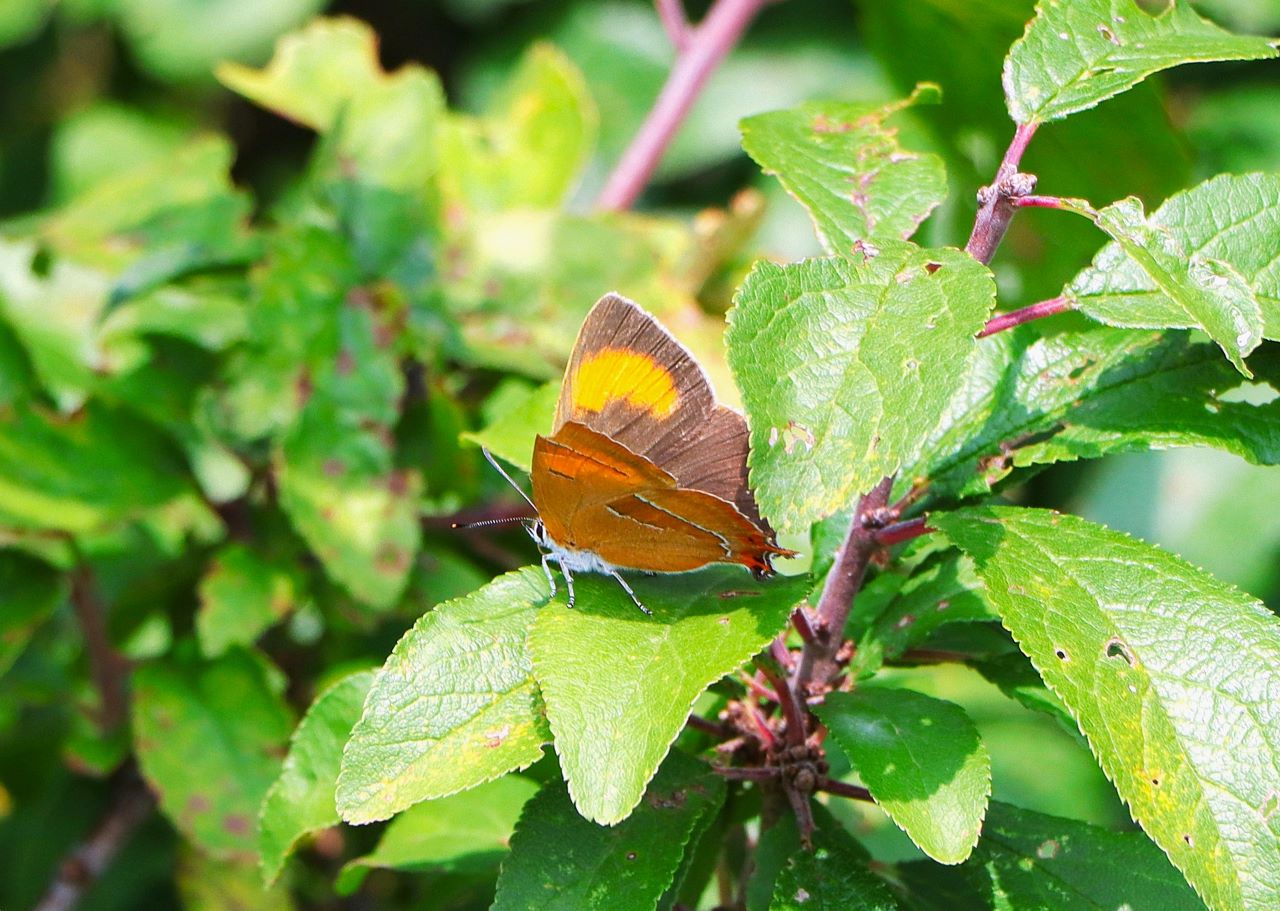
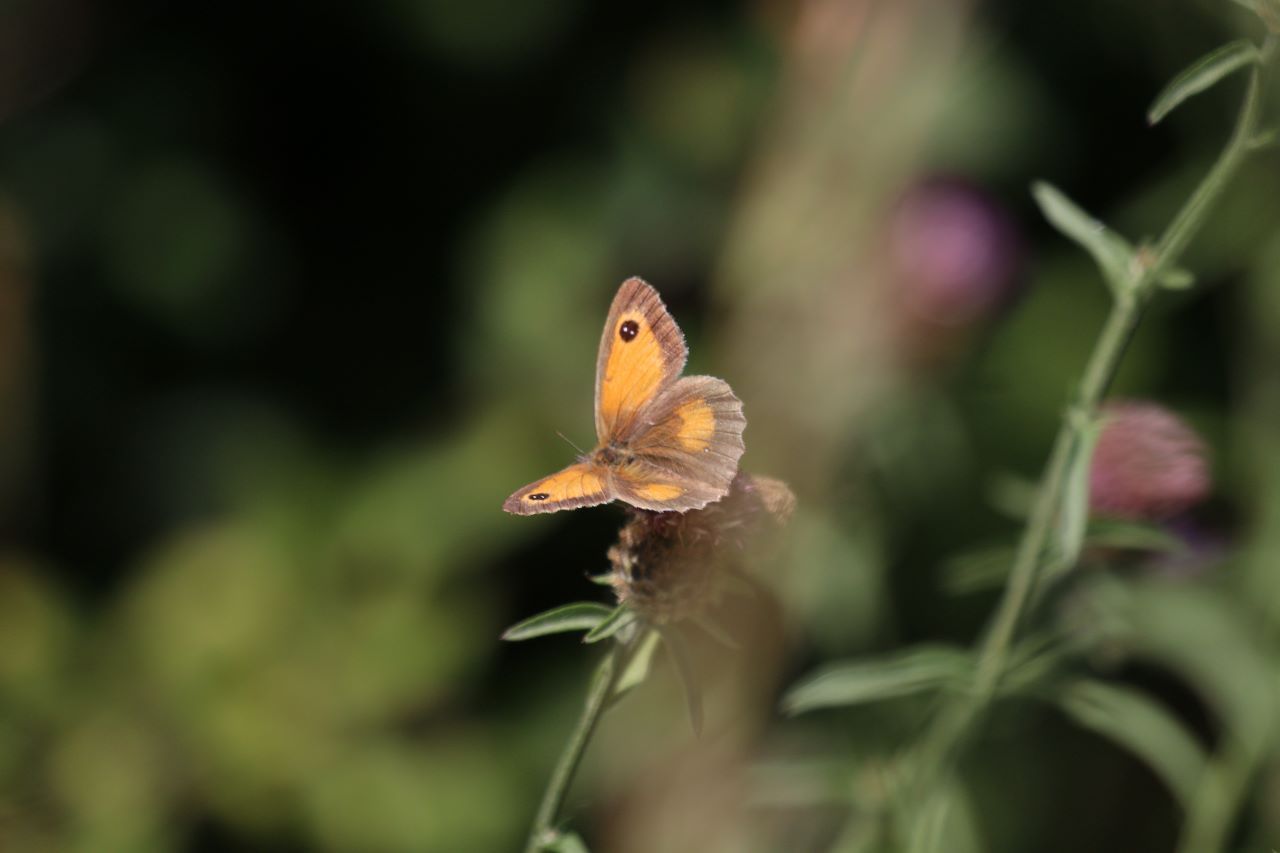
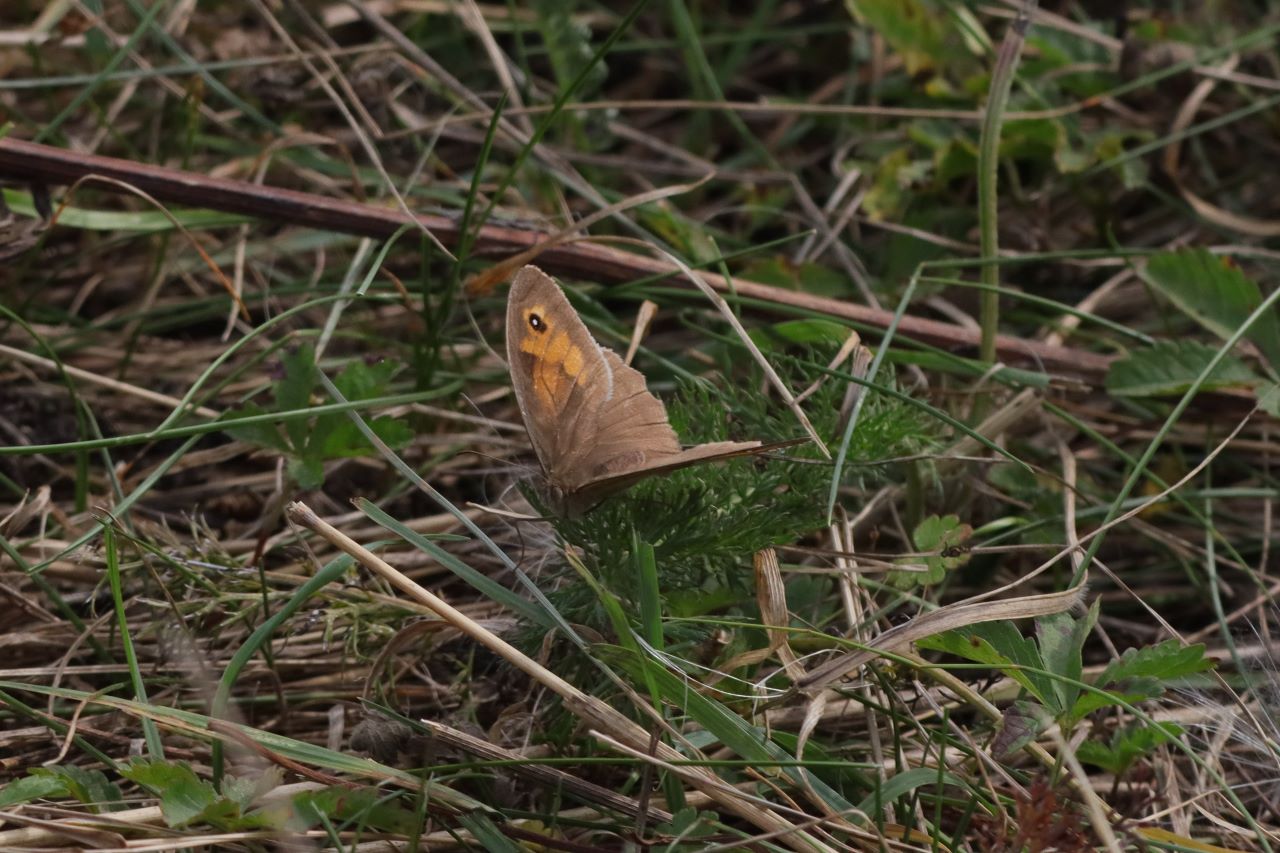
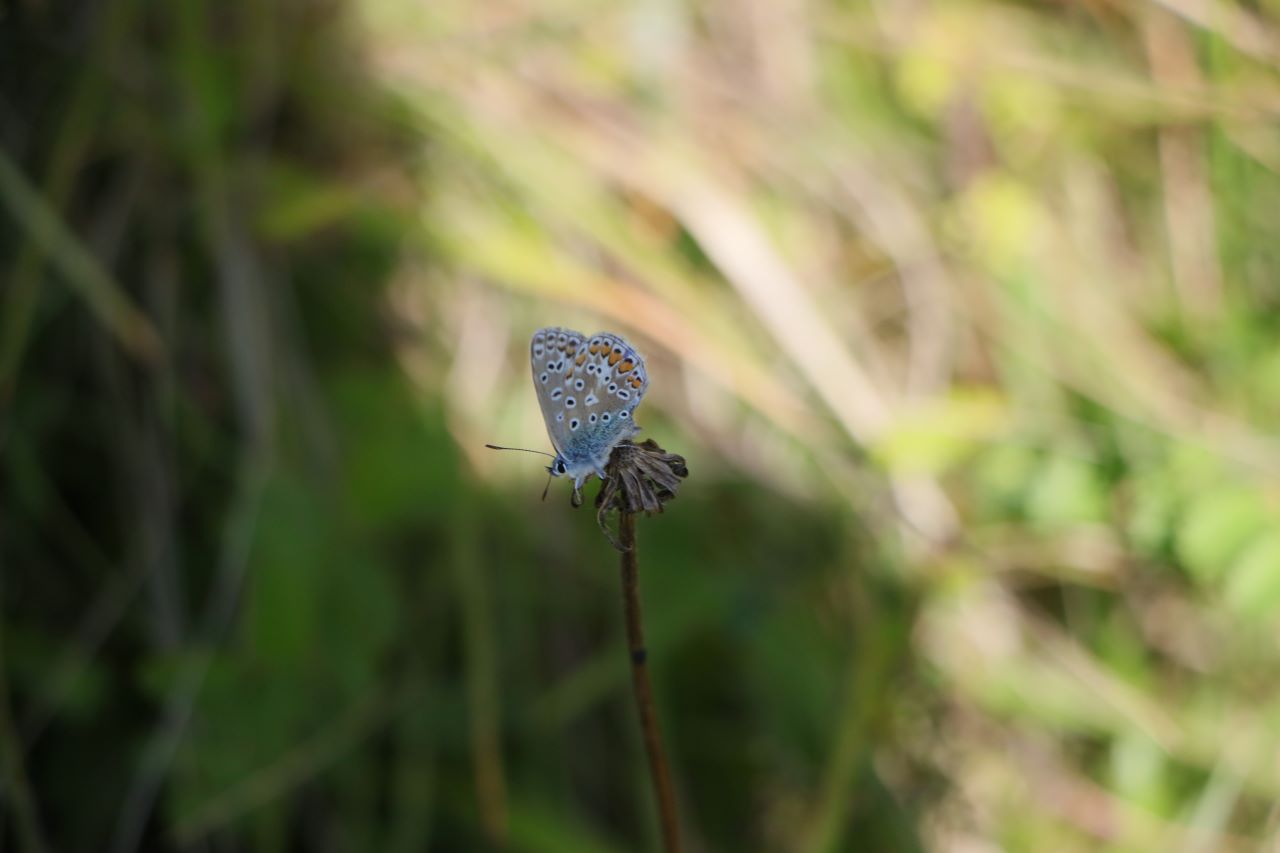
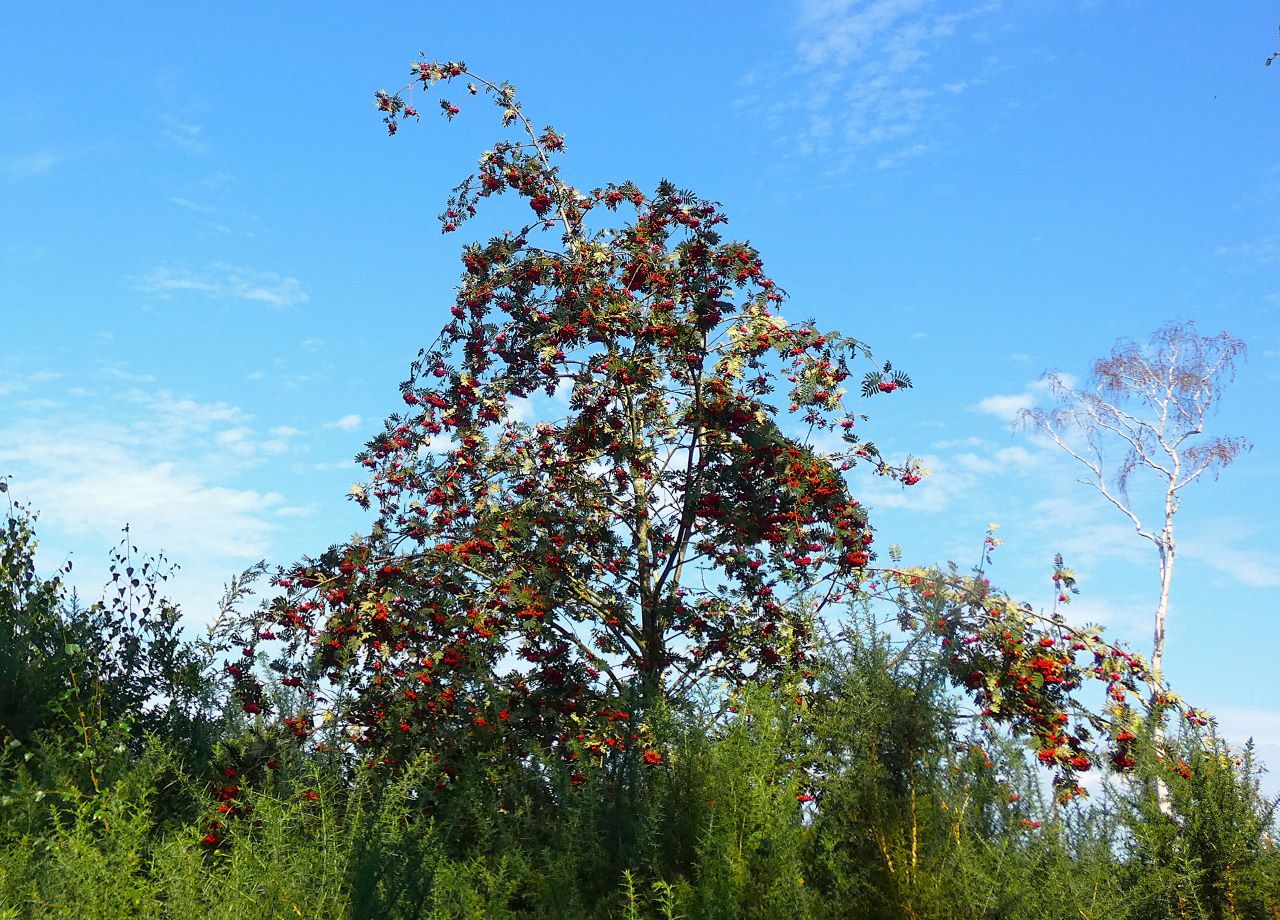
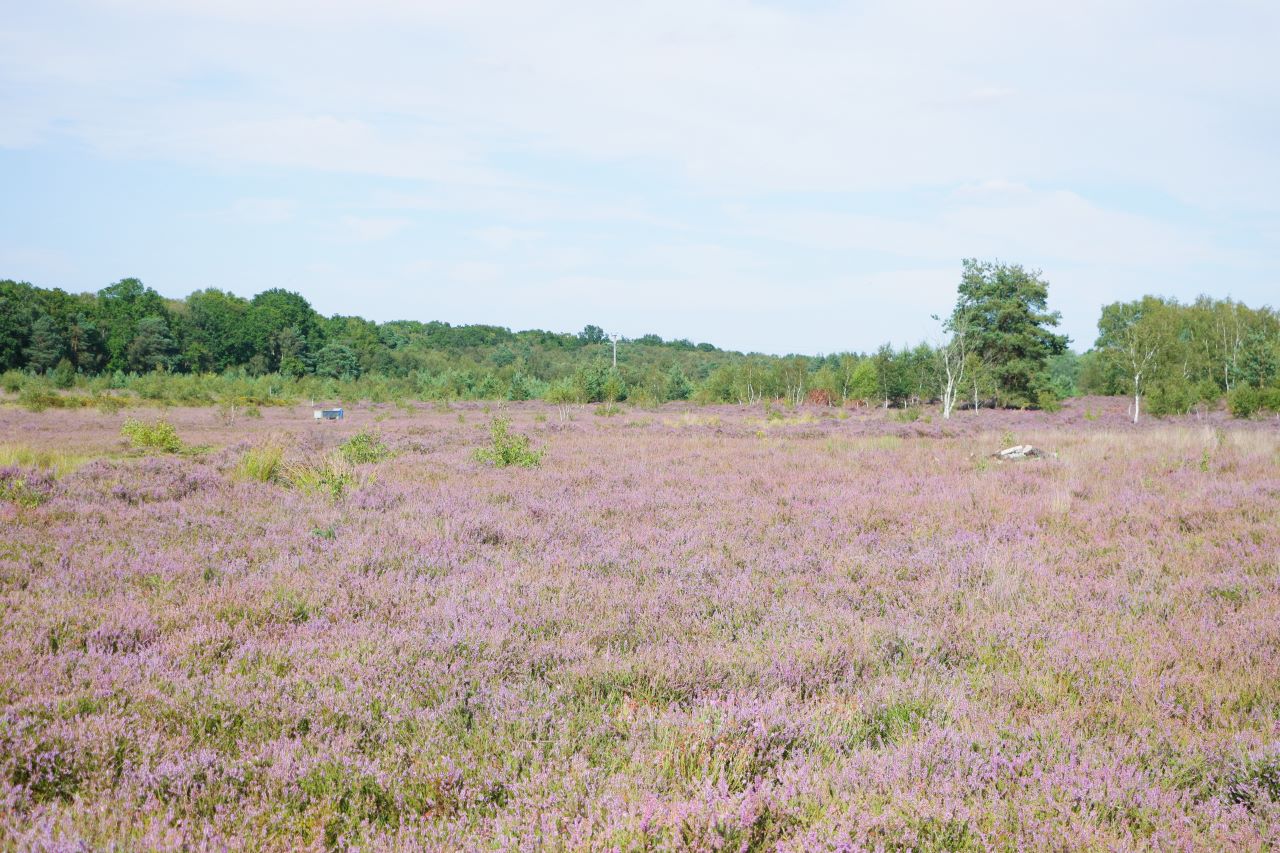

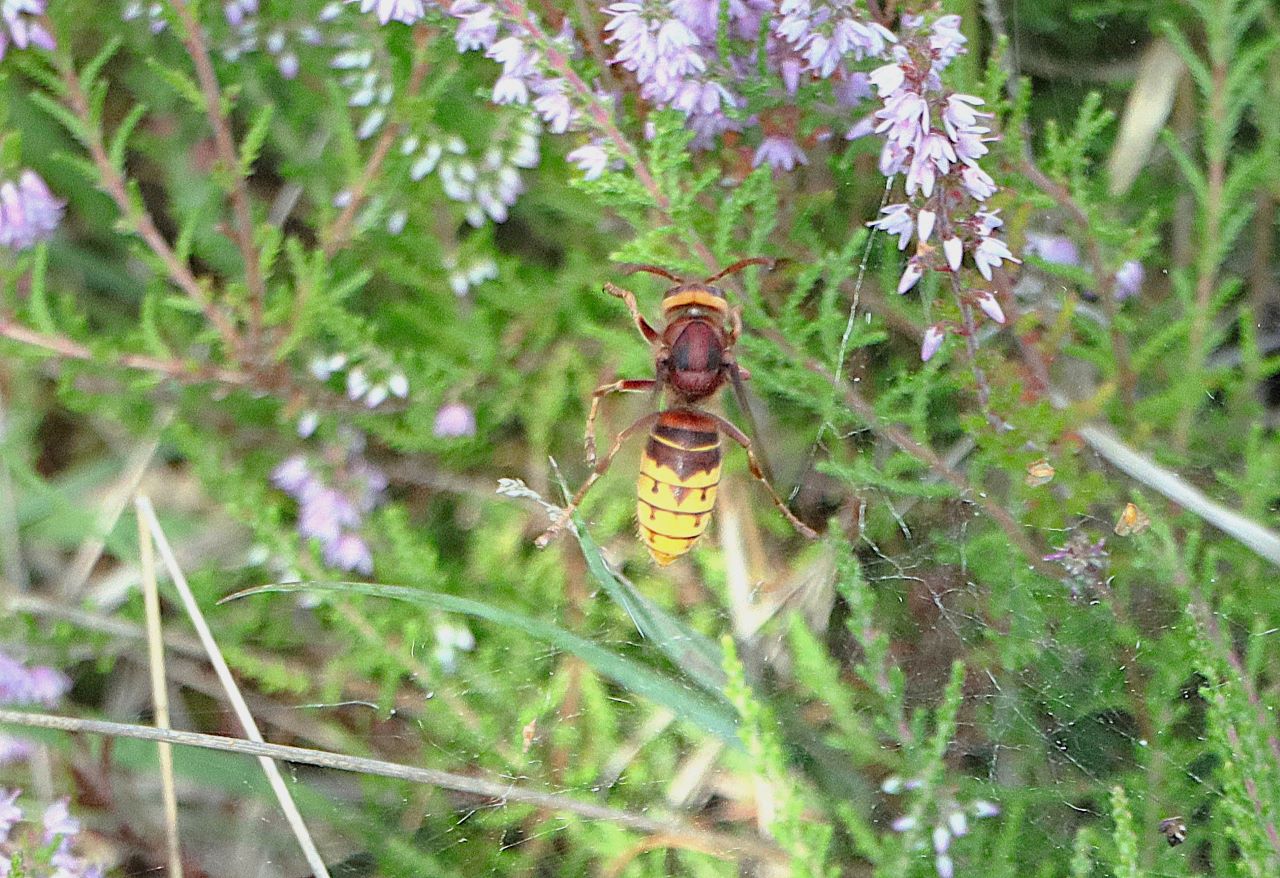
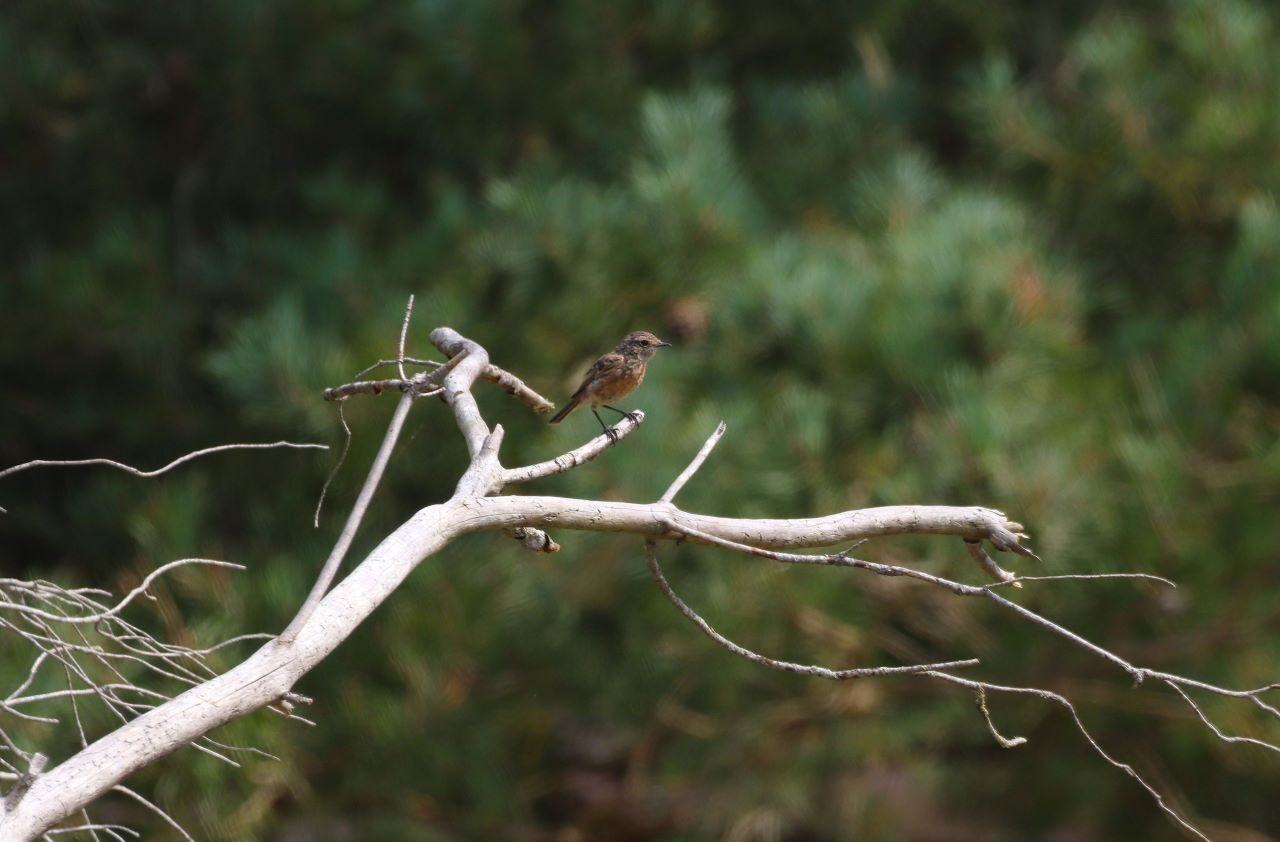

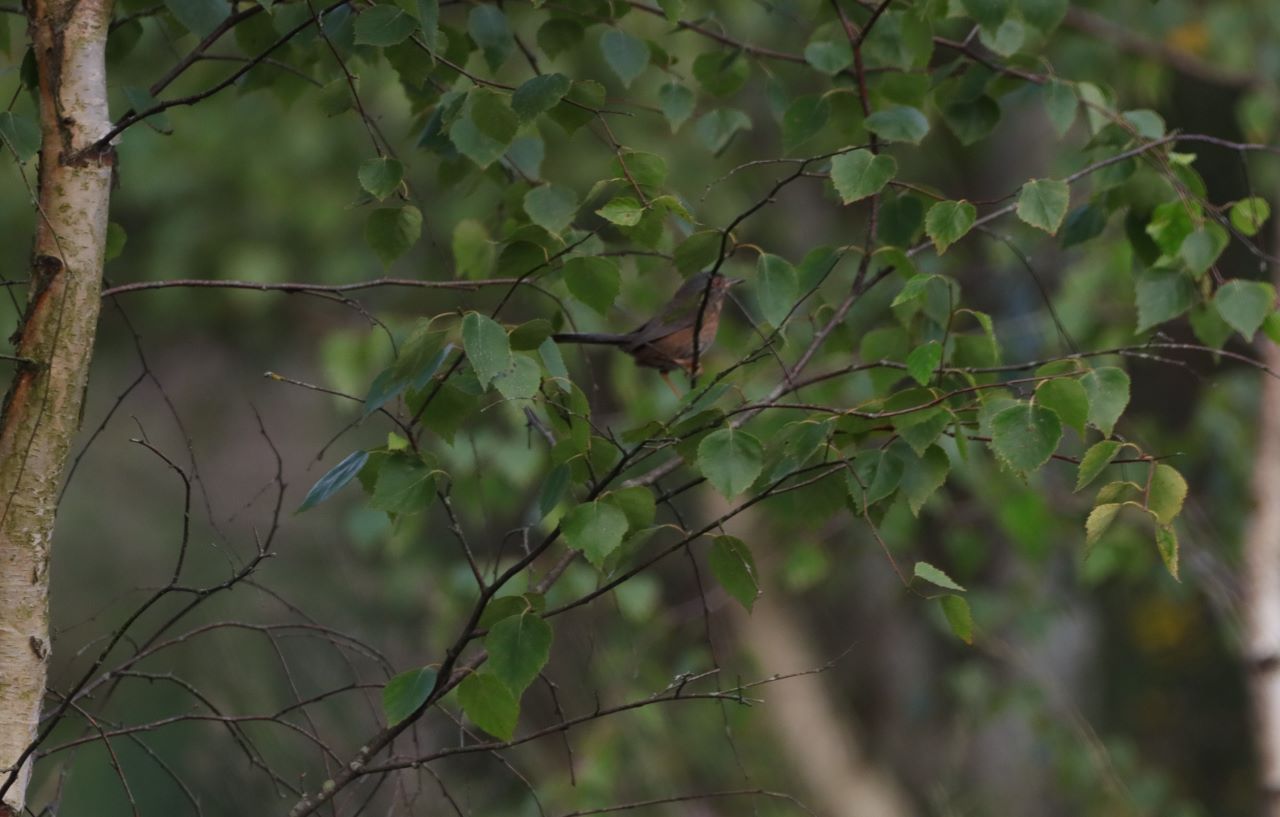

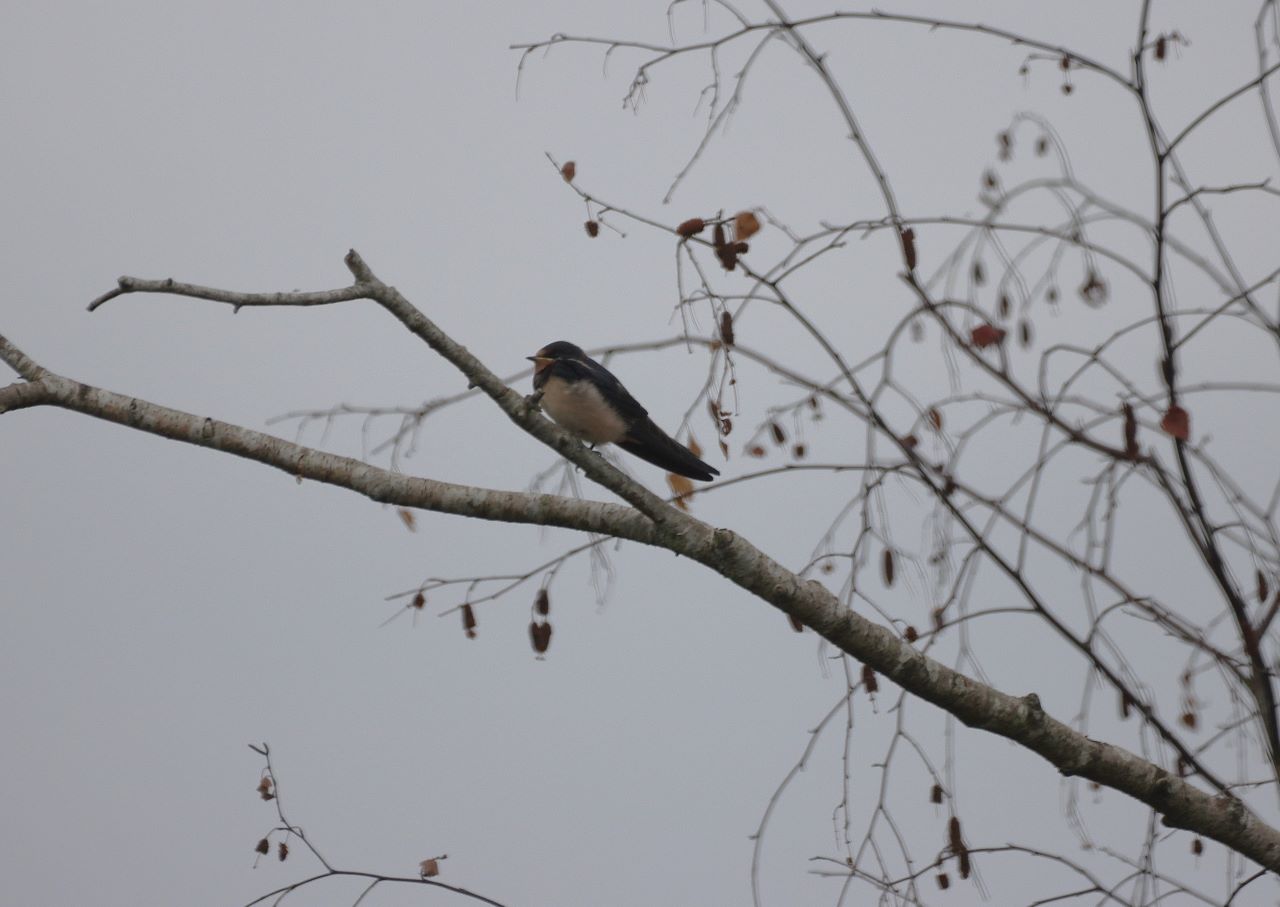
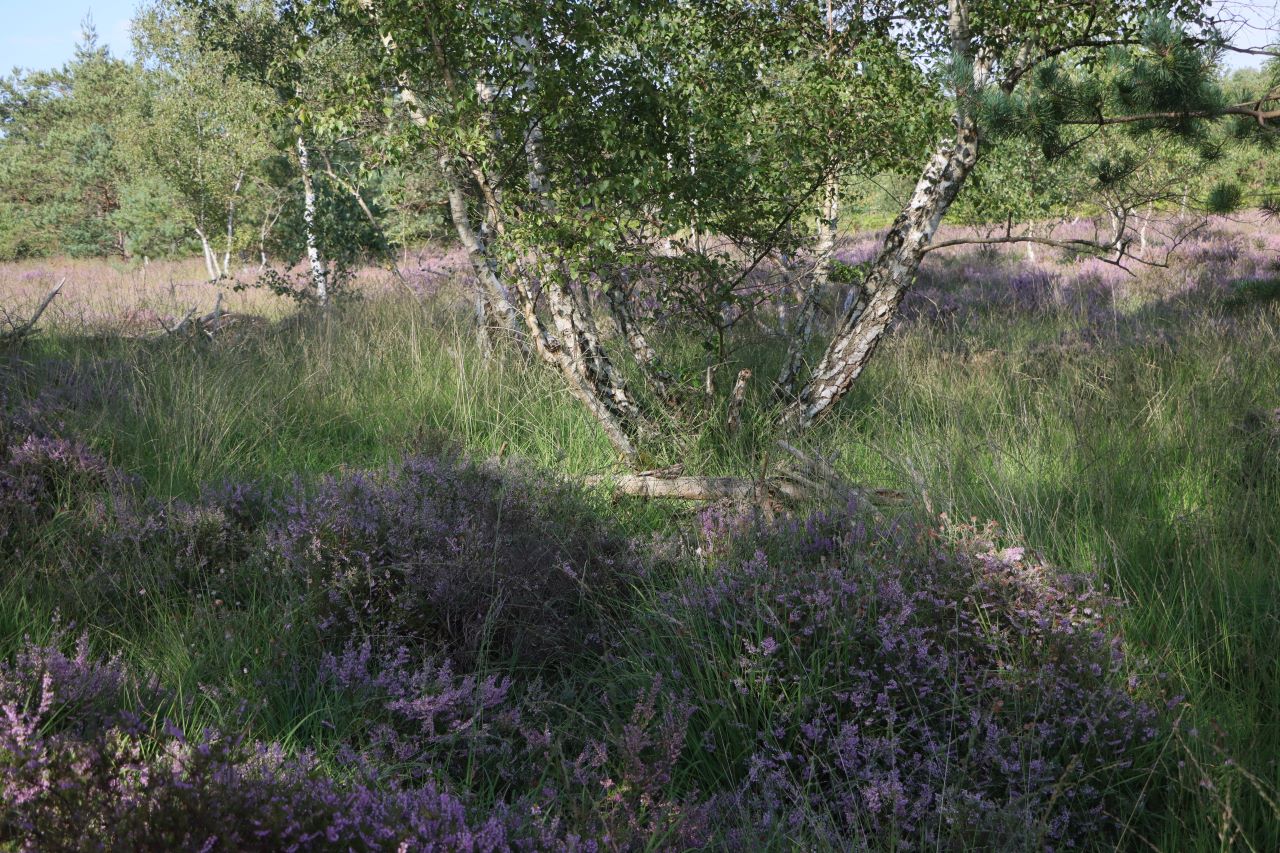
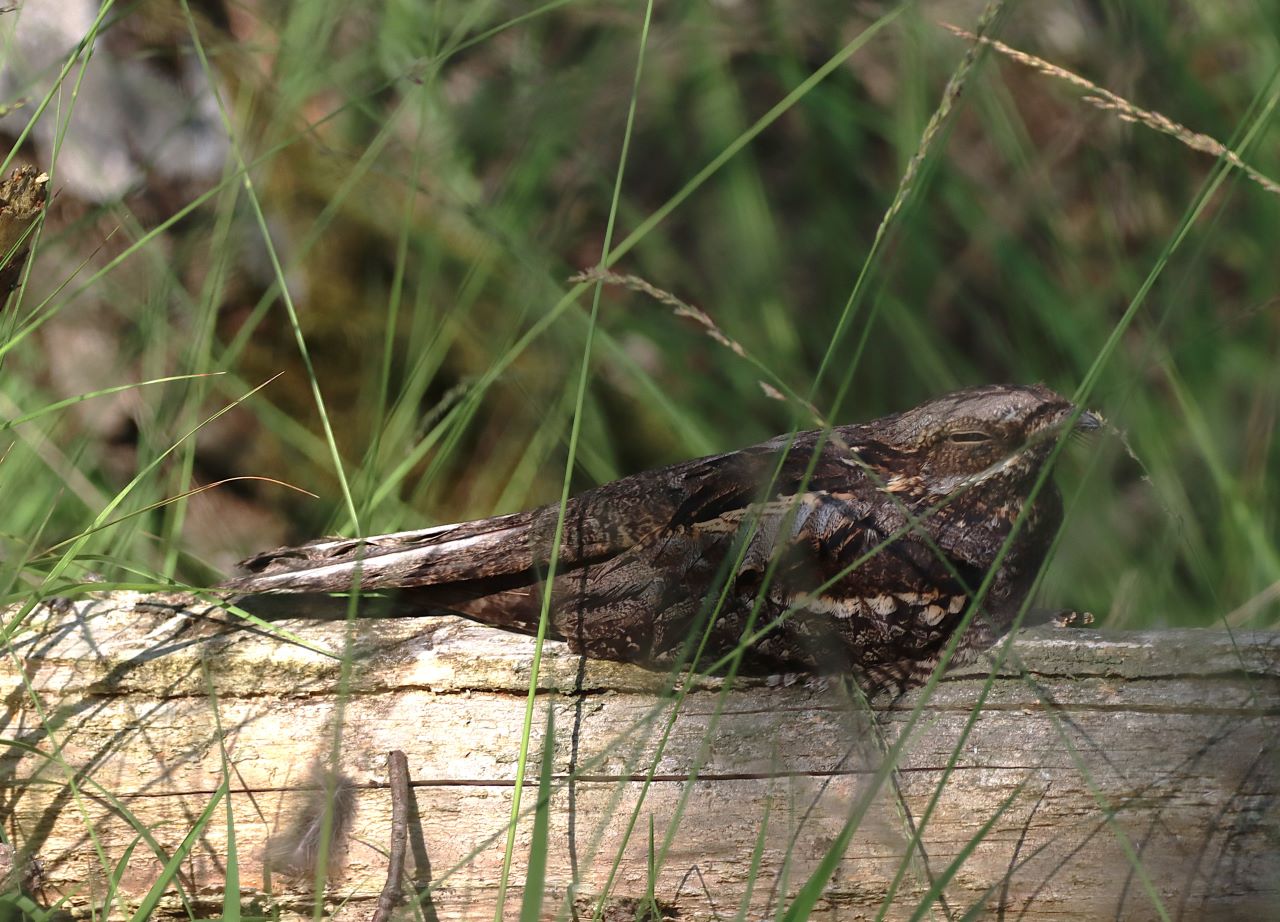




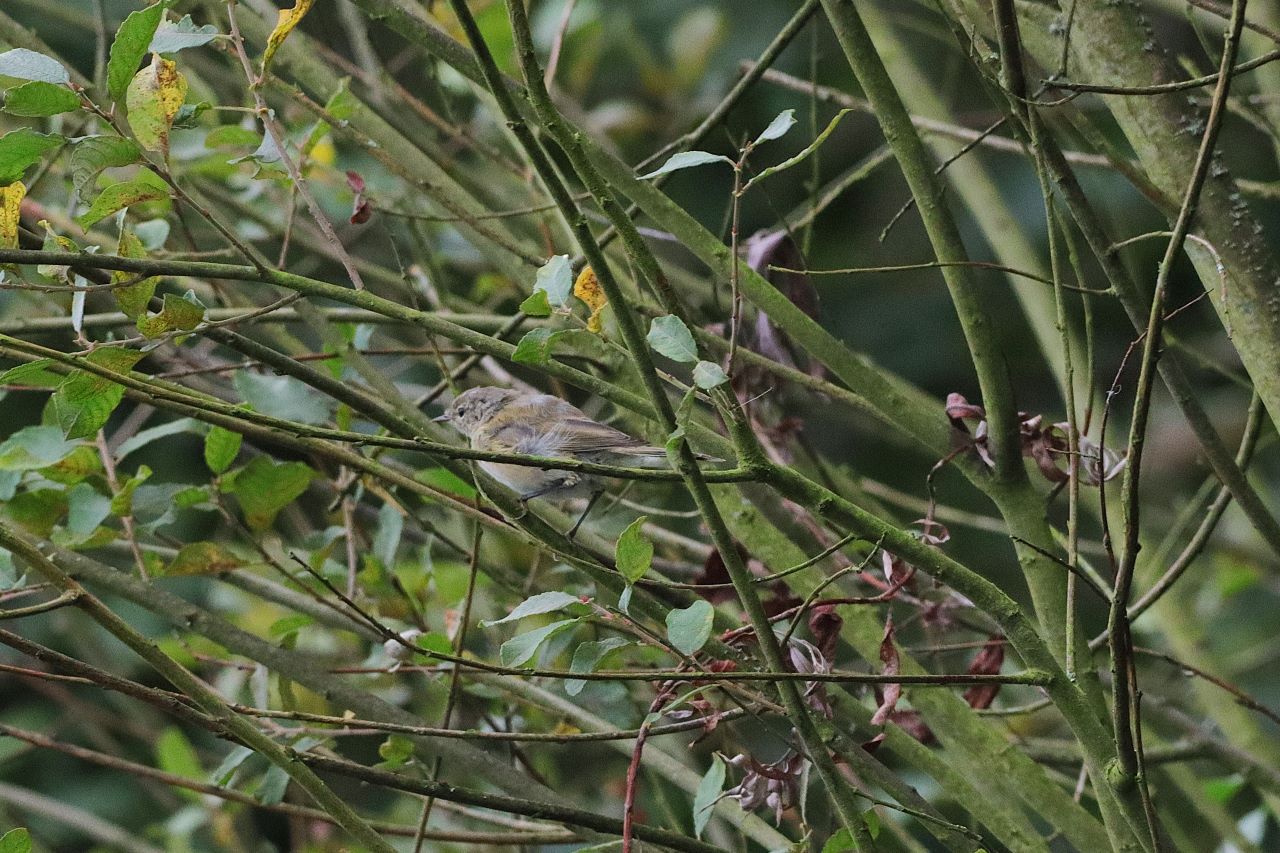
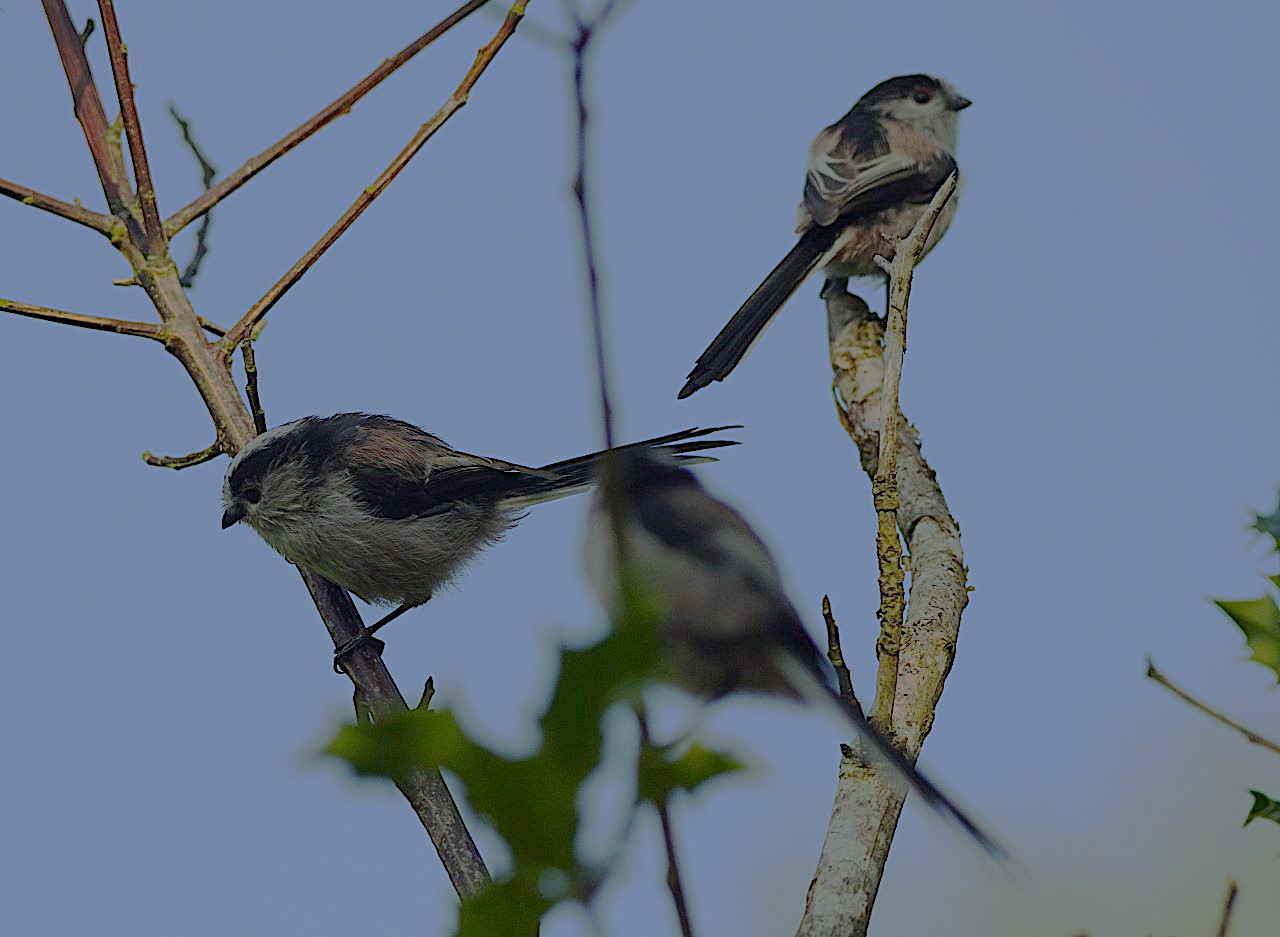


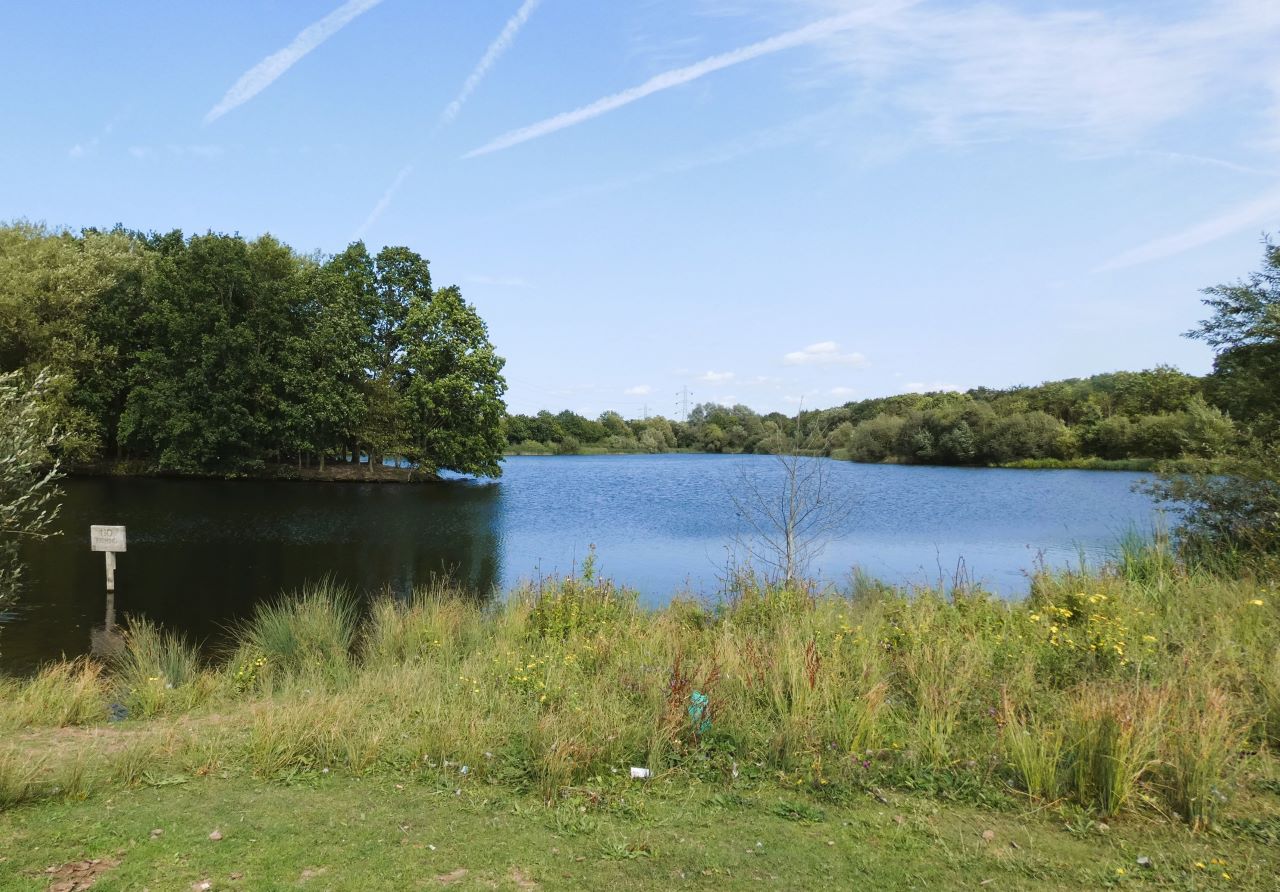
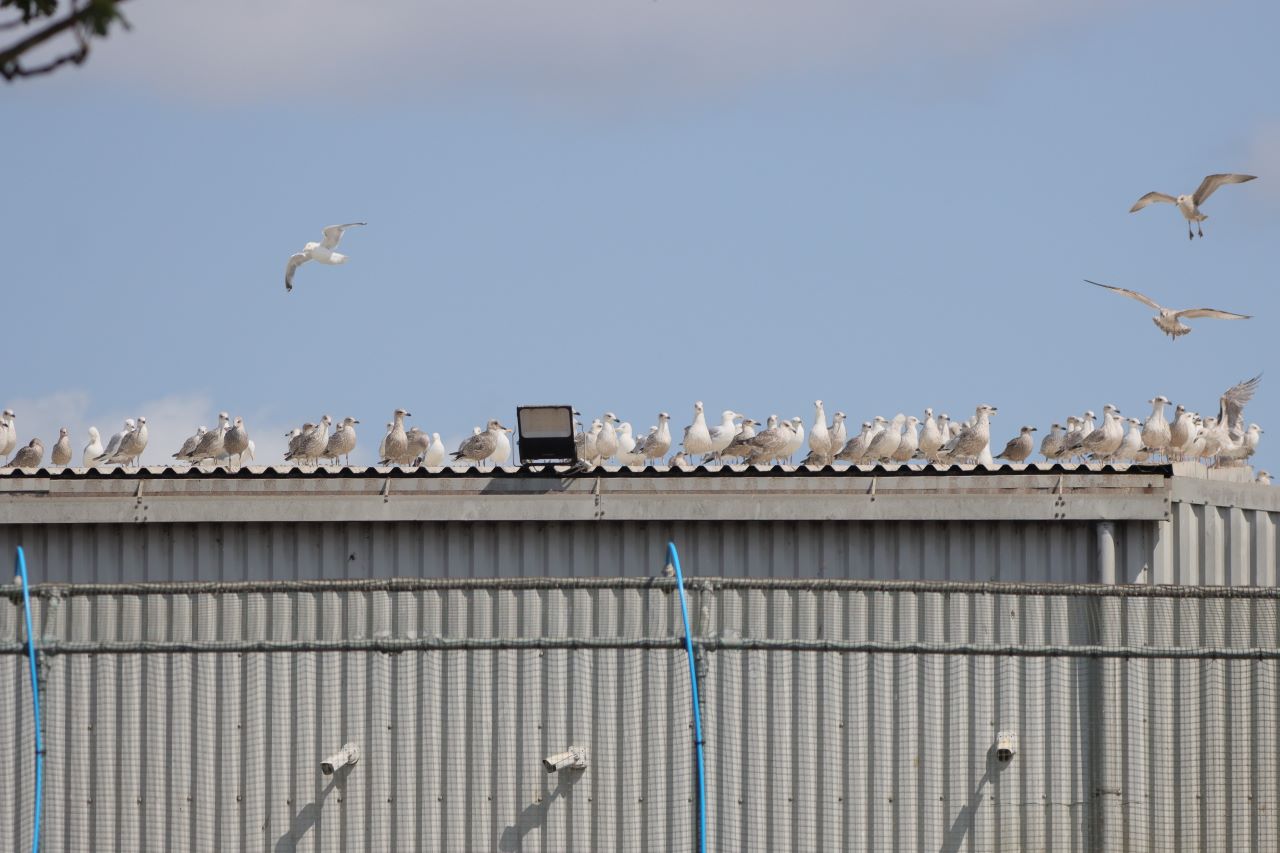
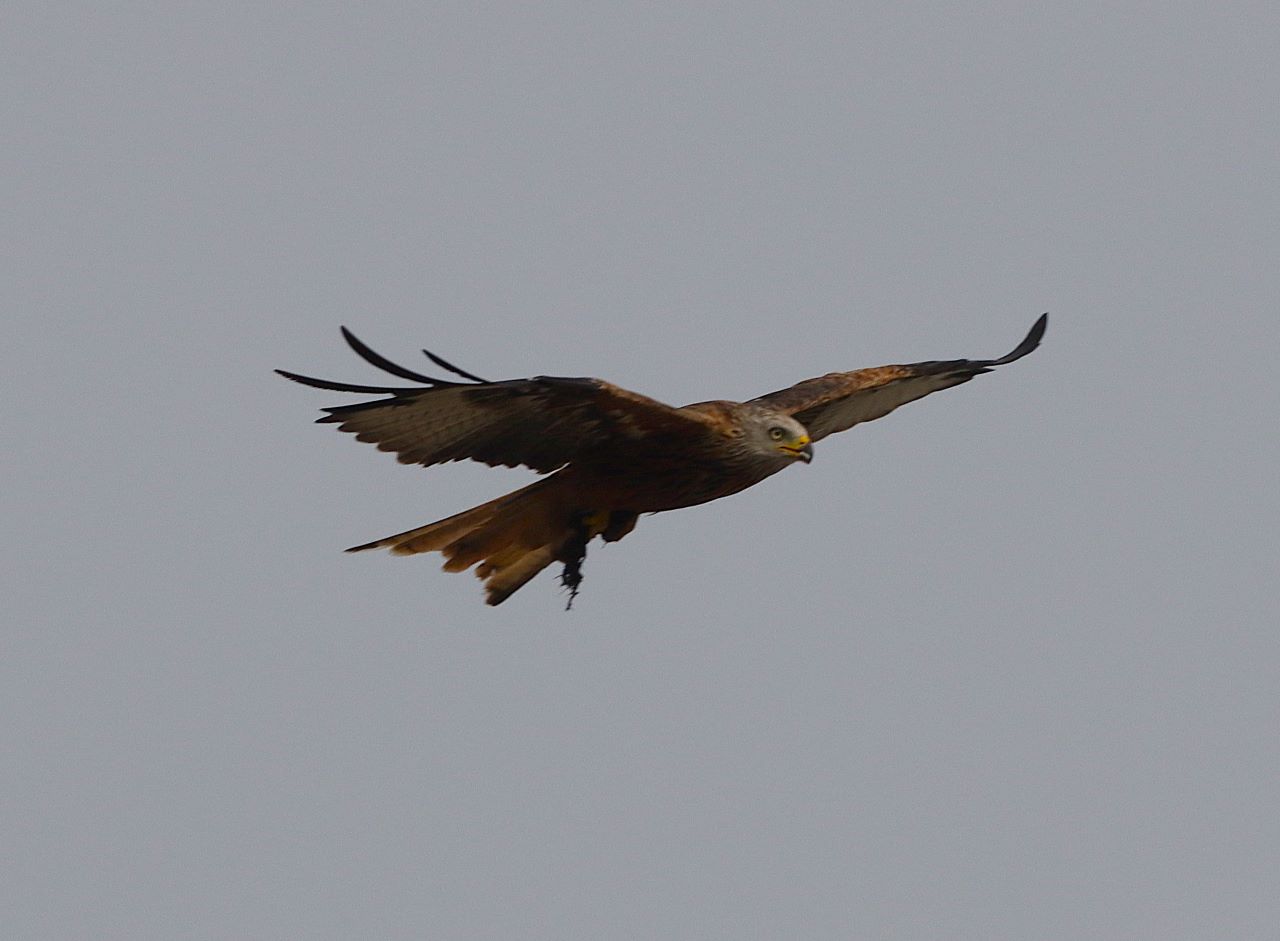
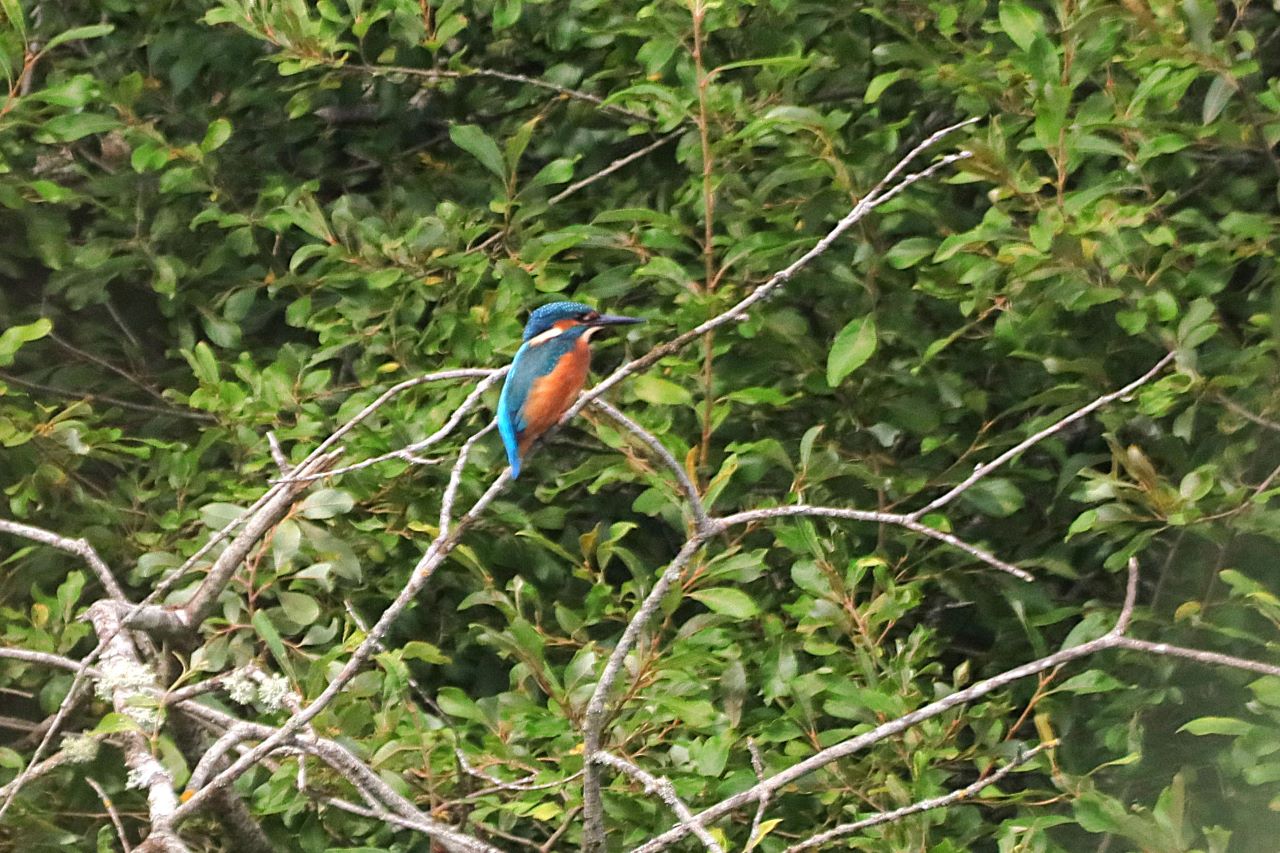

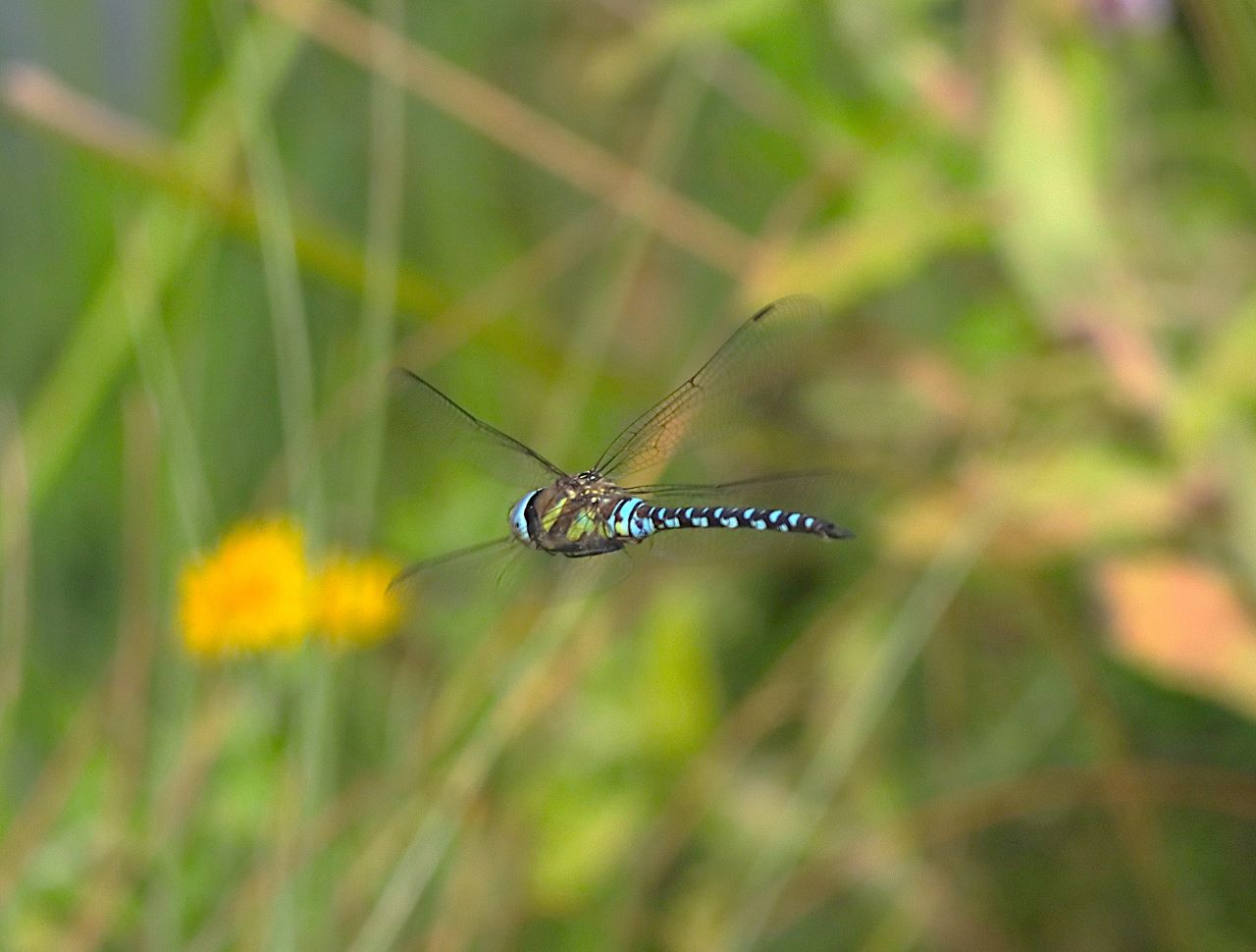
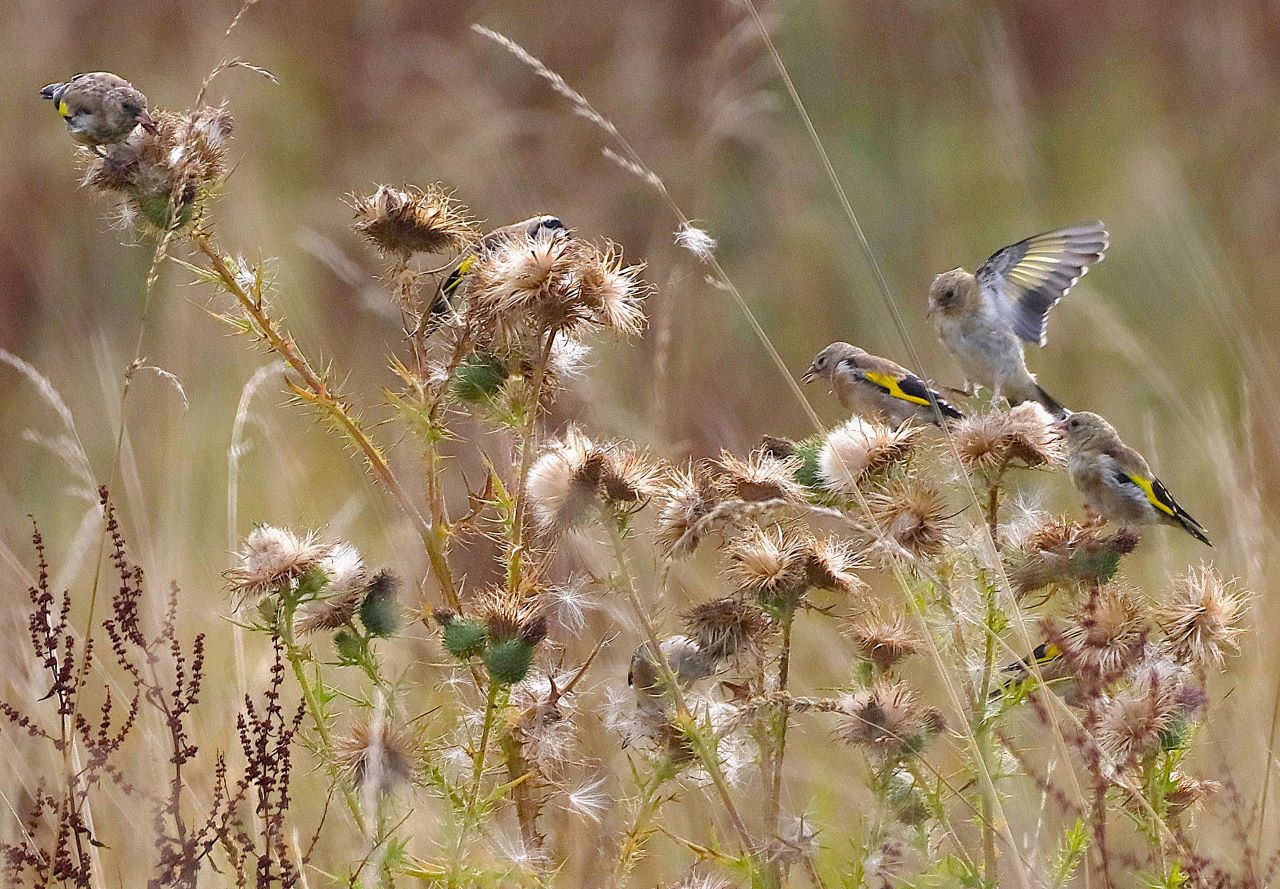
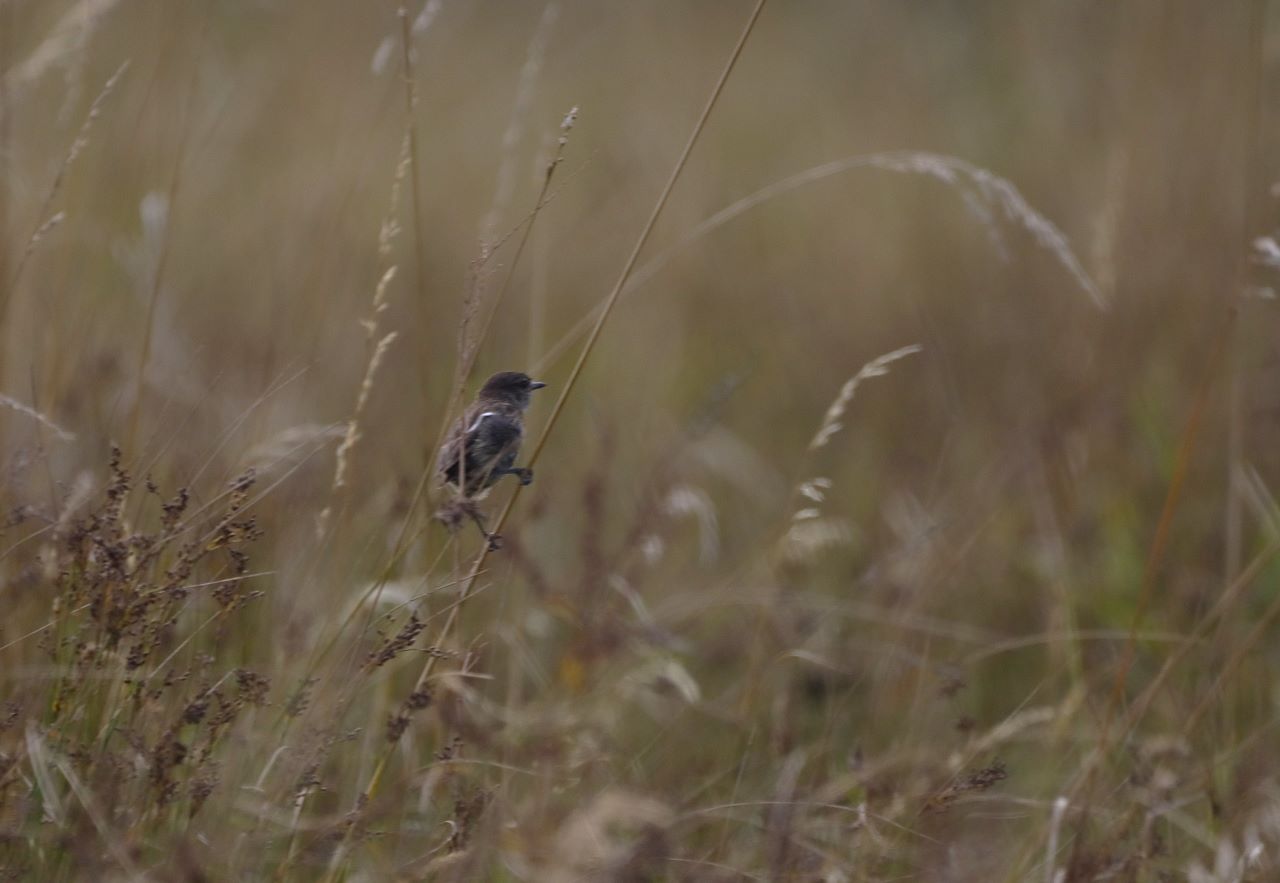
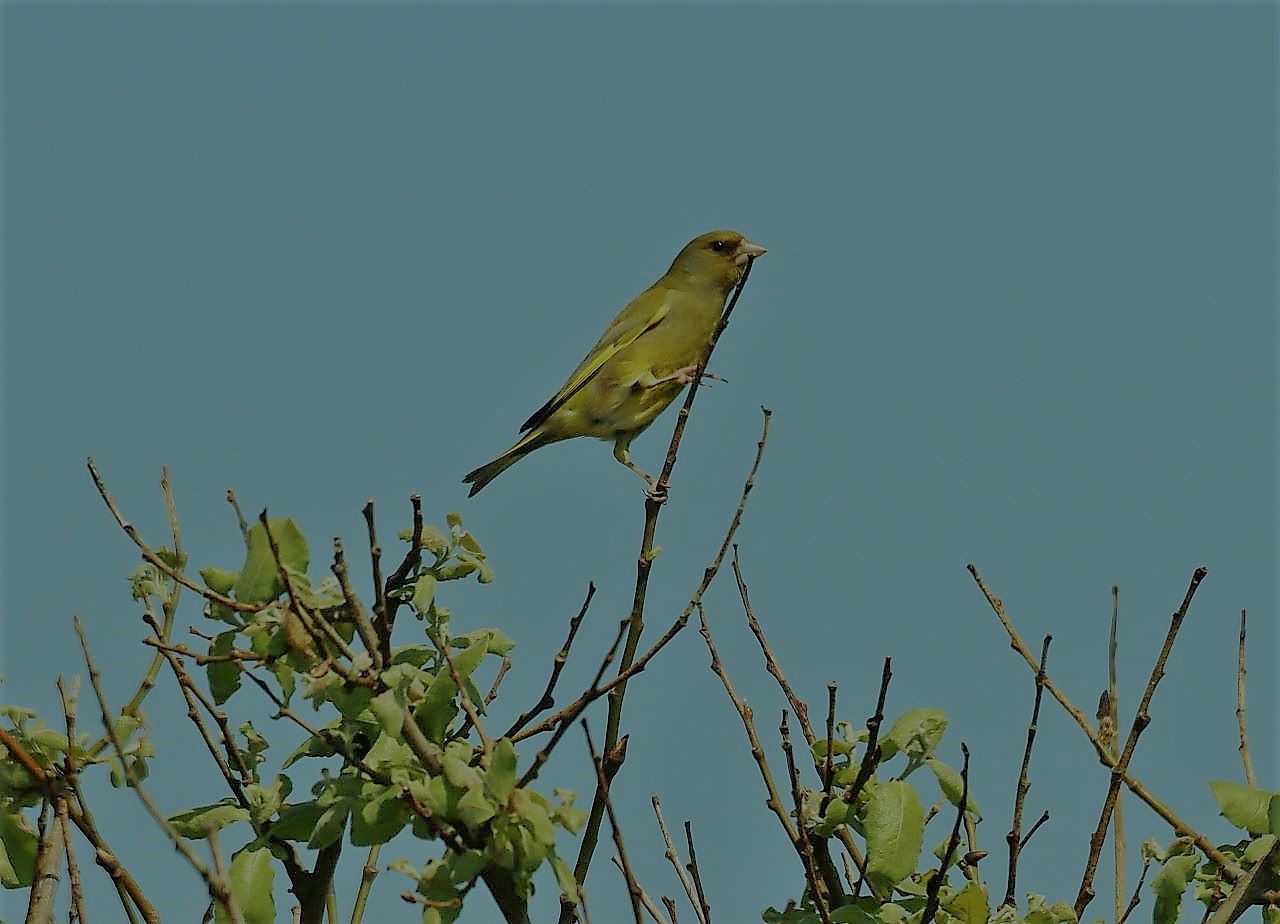
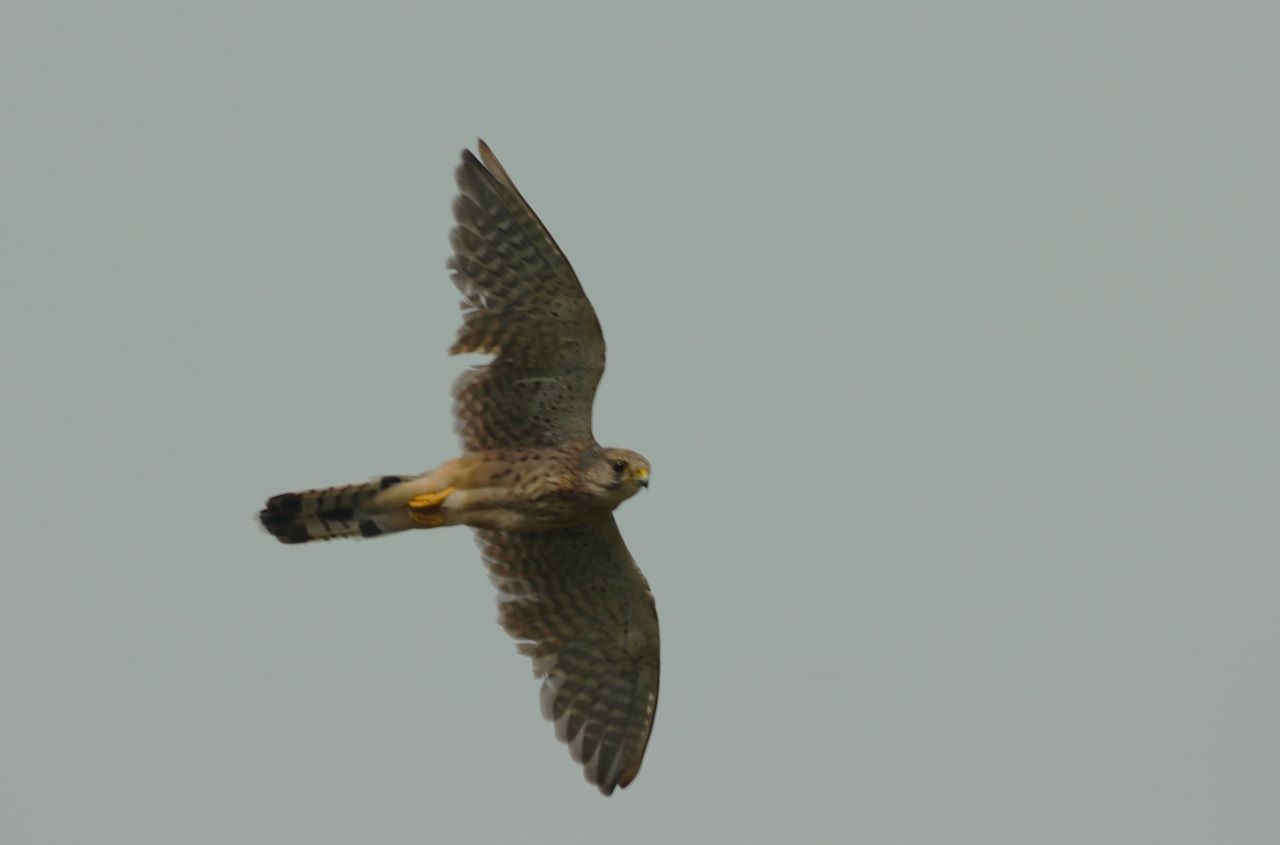


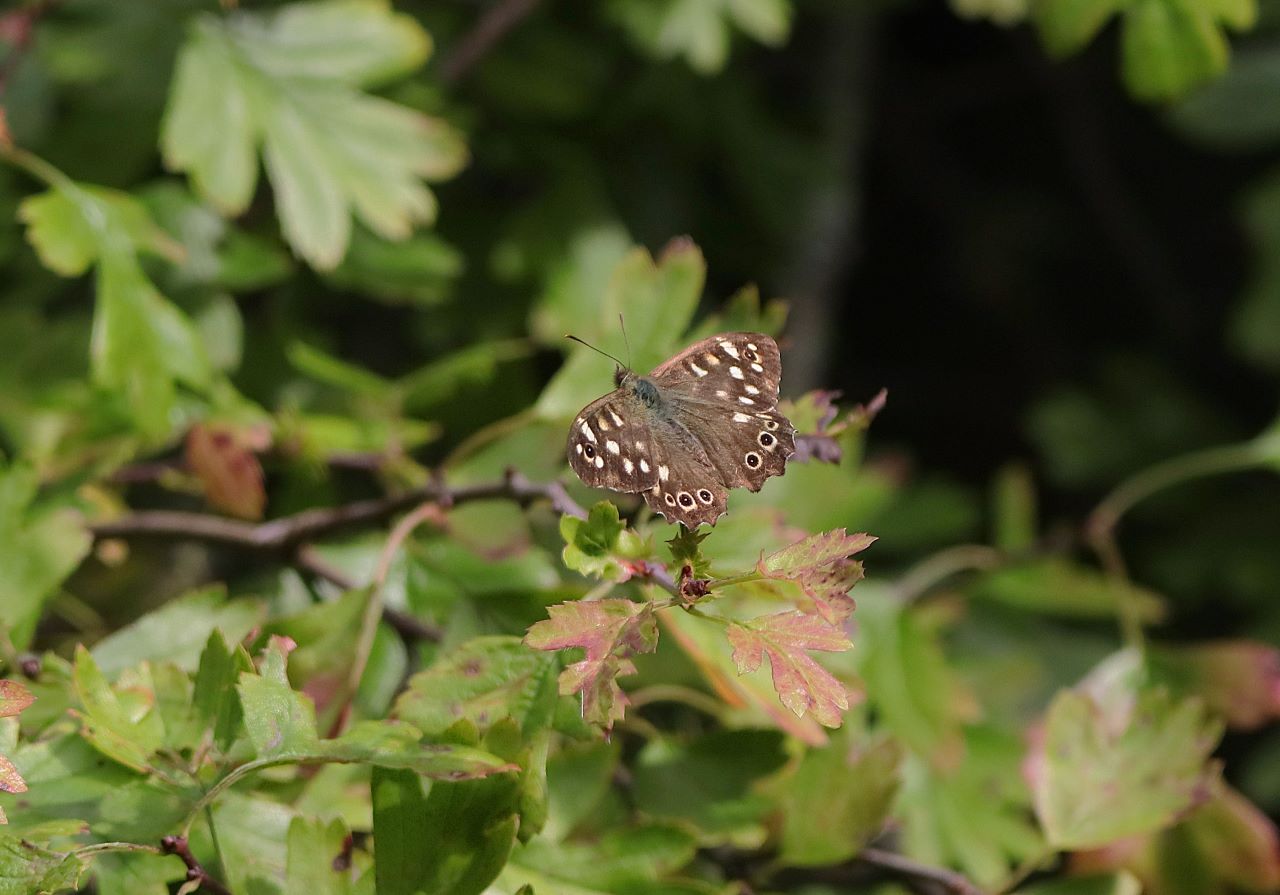
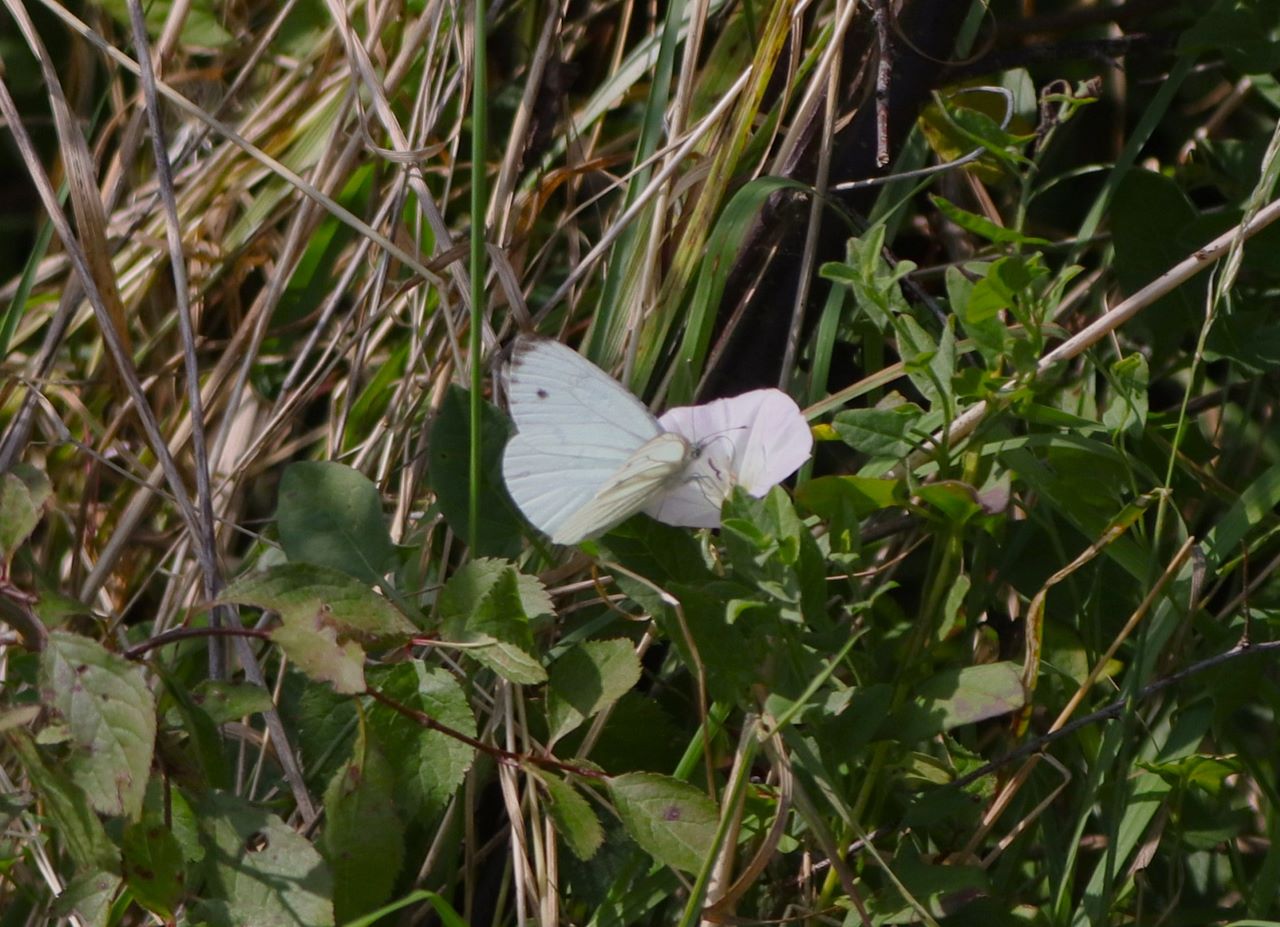
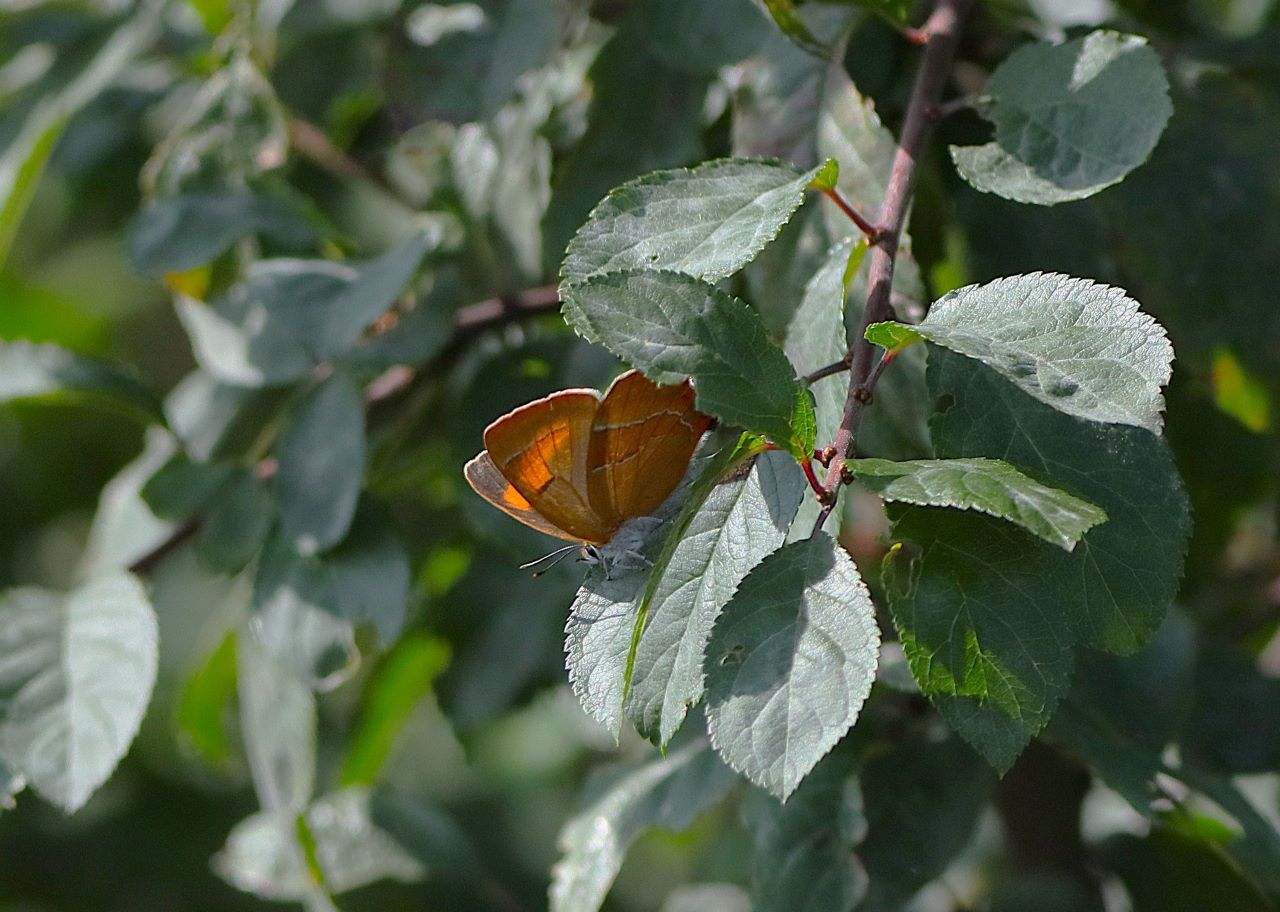
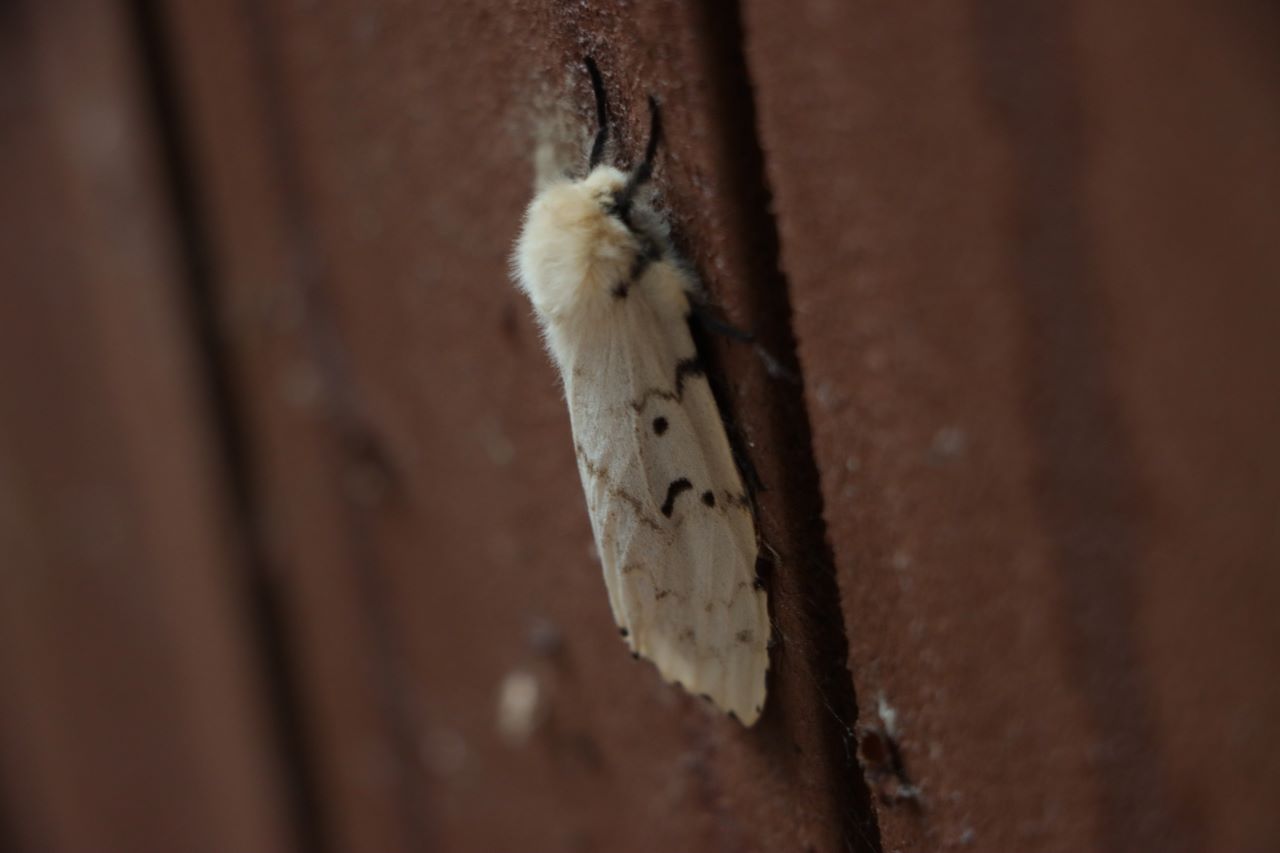
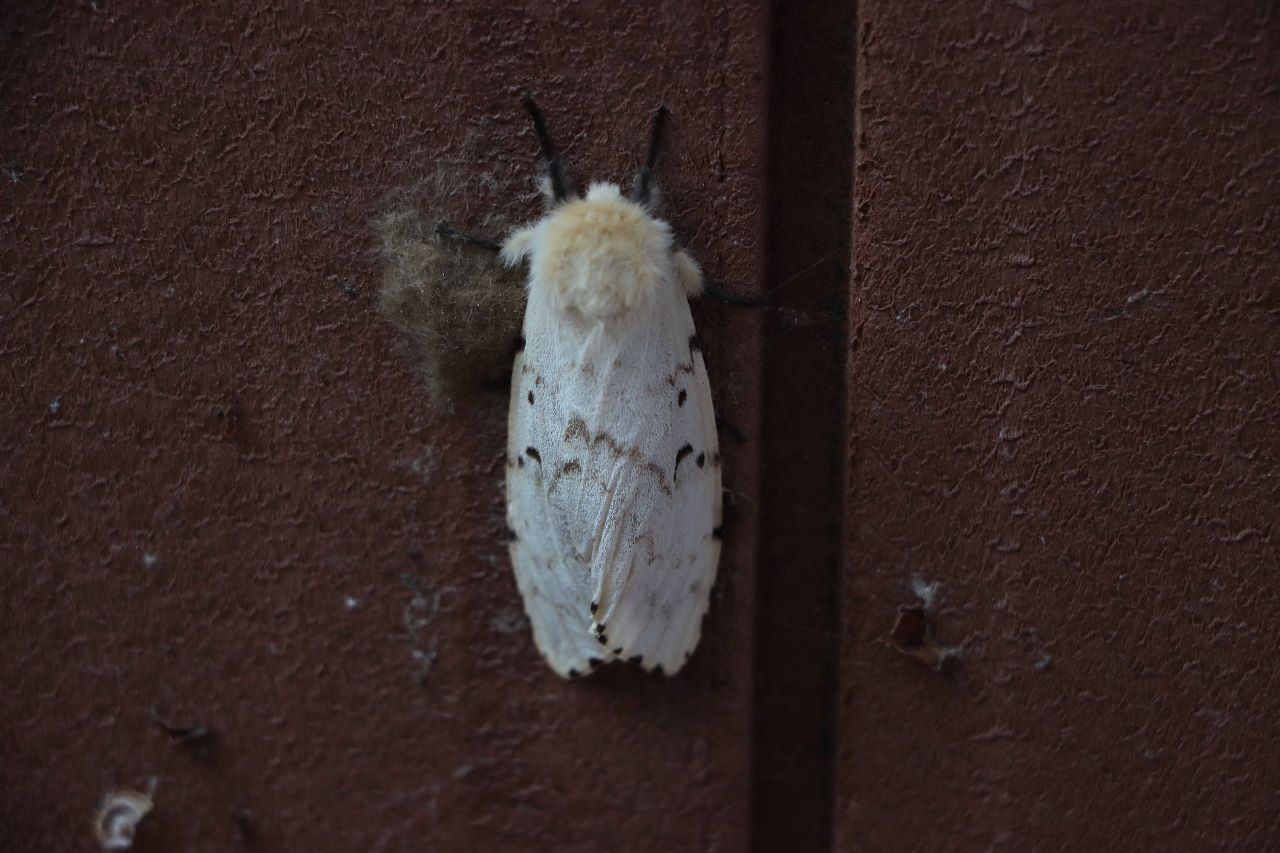






Michael Duff
September 4, 2024 at 9:10 am
Thank you so much for sharing what most of us never see.
Frances
September 19, 2024 at 1:07 pm
Lovely to see a picture of the elusive Nightjar bird on Whitmoor common and usual to capture a swallow actually not in flight. A nice collection of wildlife photos seen locally.